I'm looking for a way to calculate value of capacitors of picofarad (pF) range. The thing is when I use a RLC meter, it looks like the device is limited to high ranges of pF to nF and so I can not measure value of for example 1pF.
I used this technique
Using a microcontroller, I generate an 8MHz pulse and pass it through first a lowpass filter and then a peak detector.
C1 is the value I'm trying to measure. It is around 1pF to 20pF (I do not know the right value, I'm trying to measure using this circuit.)
I've wired the circuit on a breadboard
then I use the equation Vo=Vs(1-exp(-t/tau))
Vs=3.3(STM32F103)
t=(here)62.510^-9
tau=R1C1 and R1=4100ohm
I use a multimeter at the end of circuit where you can see "equivalent voltage." (I use a multimeter because it seems that it has no effect on my circuit for changing values due to very large input resistance ect.)
There are some issues:
- It seems like the breadboard itself has some pF capacitor adding to my measurements (even for example if I just insert a piece of wire in a hole of the breadboard.)
- It seems like the frequency also affects the value of output voltage and so the calculated value of C1.
Can anyone help me with suggestions?




